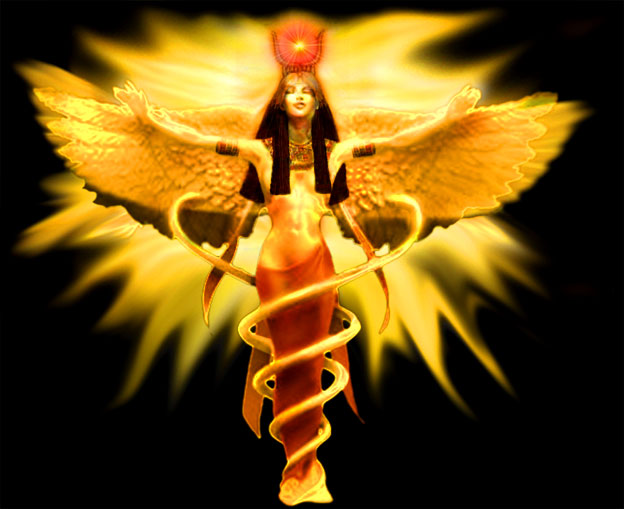 |

Isis (mythology), in Egyptian mythology, goddess of fertility and motherhood. According to the Egyptian belief, she was the daughter of the god Keb (Earth) and the goddess Nut (Sky), the sister-wife of Osiris, judge of the dead, and mother of Horus, god of day. After the end of the Late Period in the 4th century bcbc the center of Isis worship, which was then reaching its greatest peak, was on Philae, an island in the Nile, where a great temple was built to her during the 30th Dynasty. Ancient stories described Isis as having great magical skill, and she was represented as human in form though she was frequently described as wearing the horns of a cow. Her personality was believed to resemble that of Athor, or Hathor, the goddess of love and gaiety.
The Belif of Isis spread from Alexandria throughout the Hellenistic world after the 4th century bc. It appeared in Greece in combination with the cults of Horus, her son, and Serapis, the Greek name for Osiris. The Greek historian Herodotus identified Isis with Demeter, the Greek goddess of earth, agriculture, and fertility. The tripartite cult of Isis, Horus, and Serapis was later introduced (86 bc) into Rome in the consulship of Lucius Cornelius Sulla and became one of the most popular branches of Roman religion. It later received a bad reputation through the licentiousness of some of its priestly rites, and subsequent consuls made efforts to suppress or limit Isis worship. The cult died out in Rome after the institution of Christianity, and the last remaining Egyptian temples to Isis were closed in the middle of the 6th century ad
|  |

